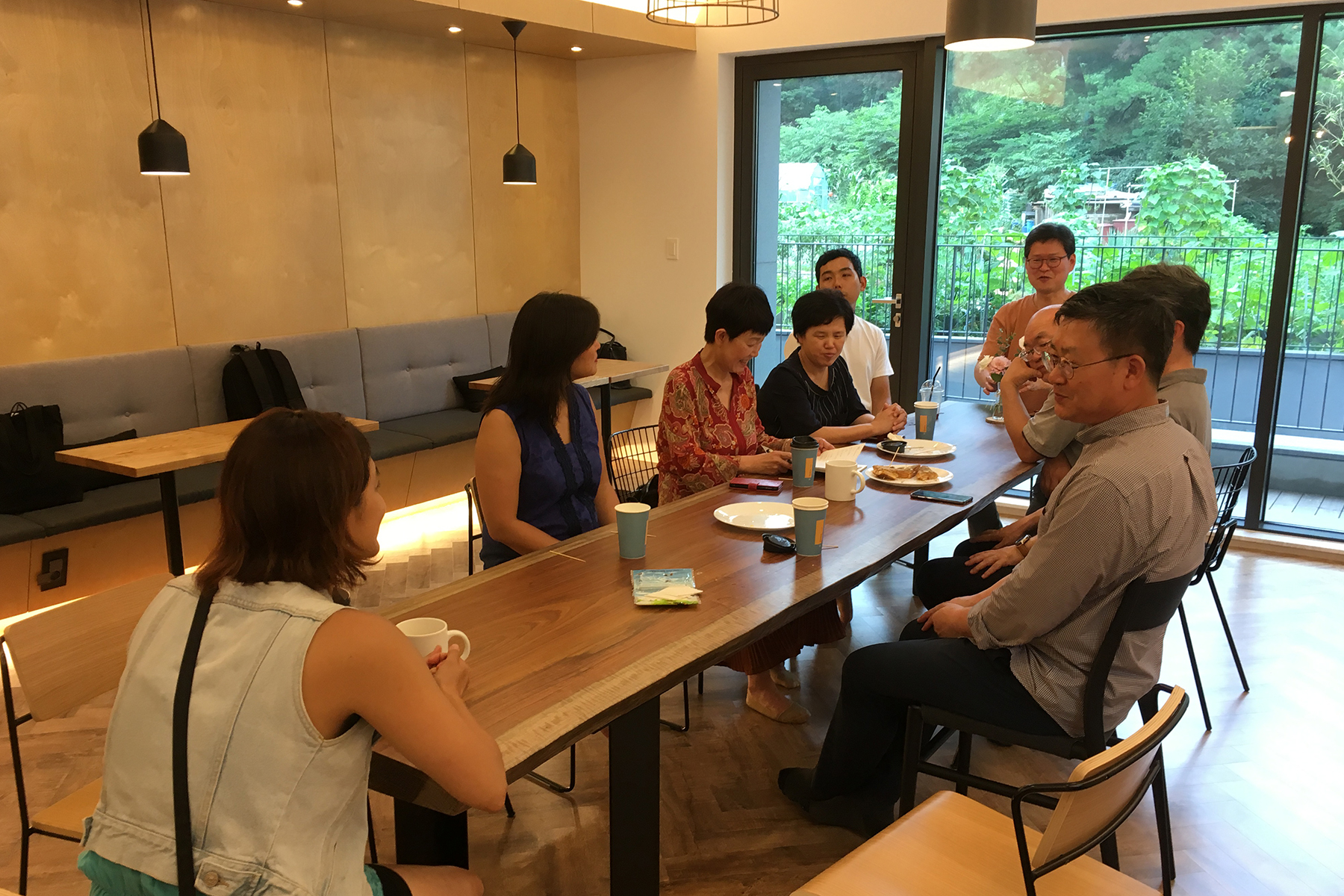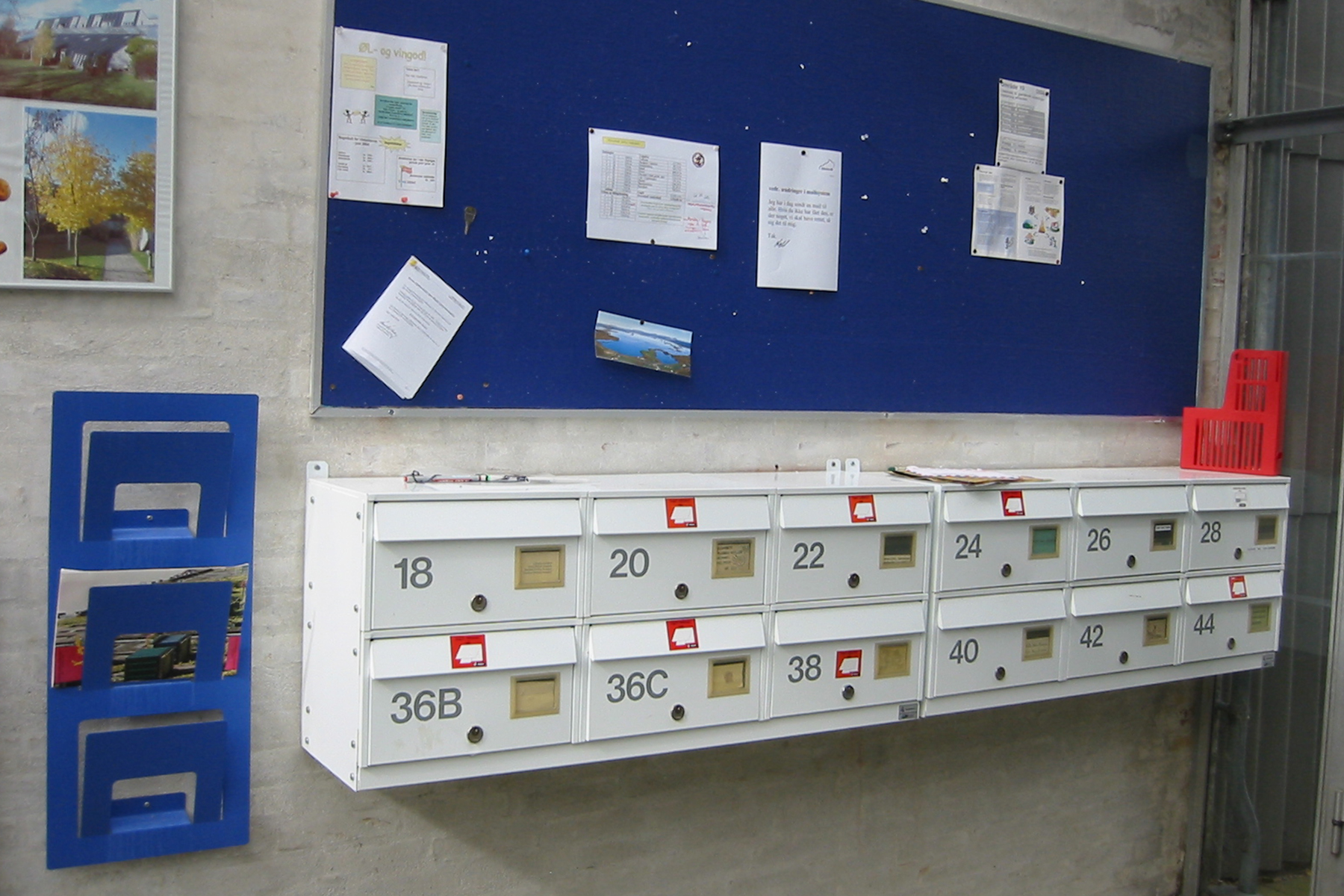The Common House is the venue for community decision making and committee meetings. While this pattern was originally written for the scale of a city or neighborhood, it aptly applies to the cohousing Common House. A local town hall is 1) “... made in a way which invites people in for service, spontaneously, to debate policy, and the open space around the building is shaped to sustain people gathering and lingering.” and 2) “...located at the heart of the local community and within walking distance of everyone it serves.” This is most visibly manifest in the site planning and location of the Common House within a community which is addressed in pattern number 4.





Please Note:
This series of blog posts is focused on explaining common design patterns in cohousing. Grace Kim, a founding principal and owner of Schemata Workshop, has identified patterns applicable to cohousing from "Pattern Language" by Christopher Alexander and has added some of her own.
Grace's additional patterns pay particular attention to the Common House because its design requires special consideration. As the living room for the community, the Common House sets the initial impression for visitors about what cohousing is, what your community values might be, or the perceived benefits of living in community. Schemata Workshop has analyzed scores of common houses in Denmark and North America to discern what does and does not work. Following Alexander's concept of Pattern Language, Grace has thoroughly documented the necessary programmatic and design elements for a successful Common House.
To learn more about cohousing at Schemata, visit our cohousing page.
Grace is a co-chair of Community for the Health of it
Grace is leading the effort to put on this year’s national cohousing conference. The event is open to all, those new to cohousing, in a forming community, living in cohousing, or who are members of mature communities. The conference is Saturday – Sunday, June 1-2, with Pre-Conference Intensives and Tours offered in advance on May 30-31. And Sunday after the Conference enjoy Open Houses.


